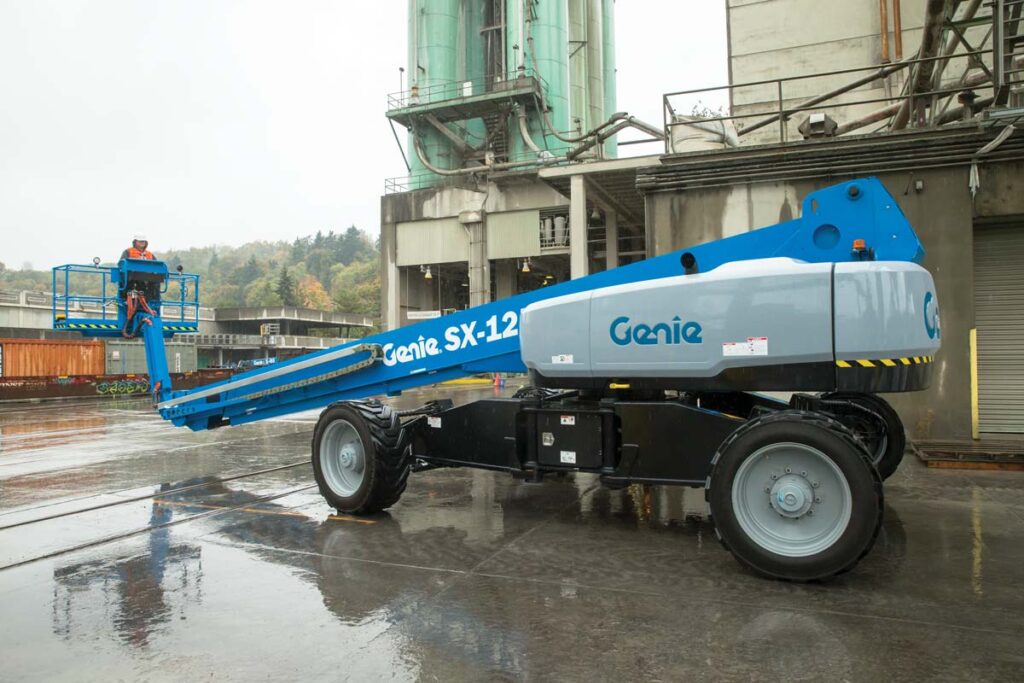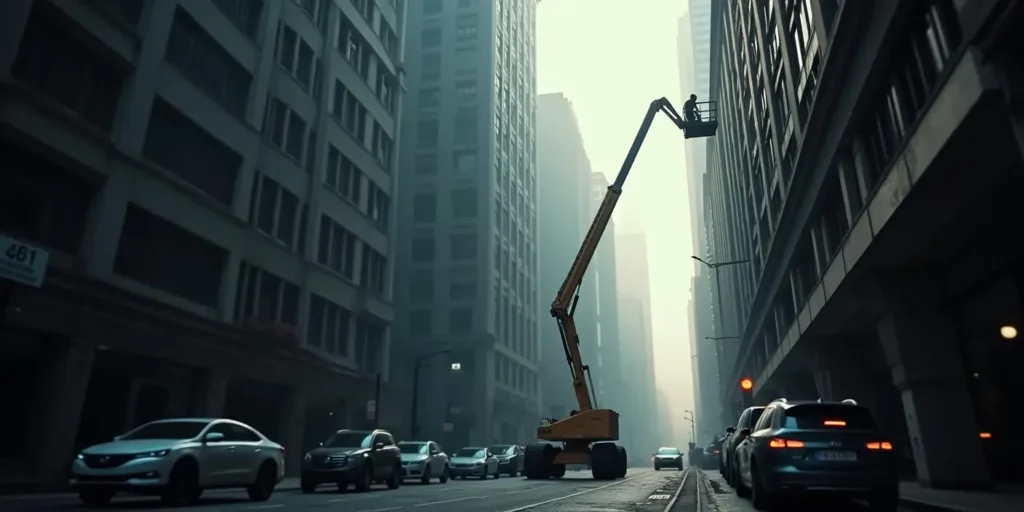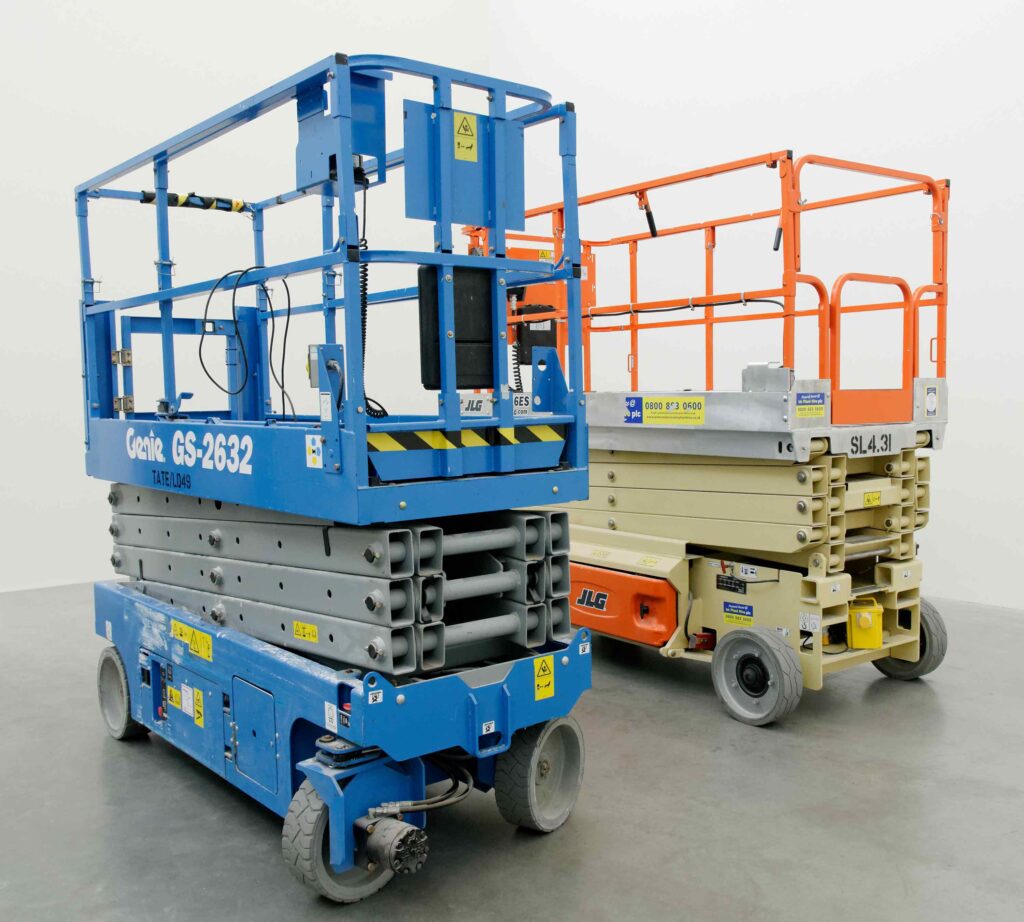
The Ultimate Guide to Aerial Working Platform Inspection Checklist
Maintaining aerial work platforms (AWPs) is essential for ensuring worker safety and maximizing machine performance. Regular inspections and maintenance not only prevent accidents but also extend the lifespan of the equipment. In this blog, we’ll dive into the Aerial Working Platform Inspection Checklist, covering essential inspection steps and explaining how these checks can help you maintain safety and productivity on the job site.

Why Is an Aerial Working Platform Inspection Checklist Important?
An Aerial Working Platform (AWP), also known as a cherry picker or boom lift, is used in various industries like construction, maintenance, and warehousing. Since these machines operate at significant heights, any malfunction can lead to severe consequences. A thorough inspection checklist minimizes risks by identifying and addressing potential issues before they become serious problems.
Key benefits of using an inspection checklist:
- Enhances Safety: Reduces the risk of accidents caused by mechanical failure.
- Increases Equipment Lifespan: Regular maintenance reduces wear and tear.
- Ensures Compliance: Meets safety regulations and standards set by governing bodies.
- Improves Operational Efficiency: Prevents unexpected downtime due to equipment failure.
Aerial Working Platform Inspection Checklist: What to Cover
The Aerial Working Platform Inspection Checklist is divided into two major categories: Visual Inspections and Operational Inspections. Below is a comprehensive breakdown of each:
A)Visual Inspections
These checks are performed to detect visible damage, leaks, and worn-out components.
- Damage Check: Inspect for bent, dented, or broken parts on the platform and supporting structures.
- Leak Detection: Check for leaks in fuel, oil, radiator, and hydraulic systems.
- Tire and Wheel Inspection: Ensure all drive wheels, steer wheels, and load wheels are in good condition and free from cracks or damage.
- Forks and Welds: Verify that forks are secure and free from bends or cracks. Inspect welds for signs of fatigue.
- Chains, Cables, and Hoses: Ensure proper placement and assess for wear or damage.
- Battery and Electrical Components: Check the battery condition, connectors, and secure cable routing.
Performing visual inspections at the start of every shift ensures that immediate risks are addressed before operations begin.
B)Operational Inspections
Once the visual checks are complete, operators should proceed with functional tests to verify the performance of the machine.
- Power On and Indicator Test: Ensure all indicator lights and alarms are functioning.
- Steering and Brakes: Check for smooth operation with no excessive play in steering and effective braking performance at different speeds.
- Hydraulic Controls: Test all hydraulic functions for smooth and noise-free operation.
- Attachments: Confirm that all attachments function properly and are securely in place.
- Limit Switches: Verify the functioning of travel limit, lift limit, and tilt limit switches.
- Drive System Test: Conduct speed tests in both stowed and raised positions, ensuring consistent performance.
- Emergency Systems: Test emergency stop buttons, horn, and alarm systems for proper functionality.
Operational inspections help detect issues that may not be visible during the visual check. This step is critical to avoid mechanical failure during operation.

Key Maintenance Tasks for Aerial Work Platforms
In addition to daily inspections, operators should follow a routine maintenance schedule for long-term performance. Here are some of the most critical tasks:
- Engine Maintenance: Ensure the engine is running at the correct RPM and check engine mounts for wear or damage.
- Hydraulic System Check: Replace hydraulic oil and inspect the hydraulic pump and hoses for leaks or cracks.
- Lubrication: Regularly grease axles, turntable bearings, and boom sliding pads to reduce friction and extend the life of these components.
- Battery Care: Keep the battery clean and ensure proper charging. Replace the battery if performance drops significantly.
- Safety Devices: Test safety features like the tilt alarm, descent alarm, and limit switches regularly.
Best Practices for Aerial Work Platform Inspections
To make the most of your inspection routine, follow these best practices:
- Create a Daily Routine: Perform inspections at the start of every shift without fail.
- Use a Standardized Checklist: Ensure that all operators follow the same checklist to maintain consistency.
- Document Inspections: Keep a log of each inspection and maintenance activity. This helps track patterns and identify recurring issues.
- Train Your Operators: Ensure that all operators are properly trained on how to perform inspections and report issues.
- Address Issues Immediately: Never delay repairs if an issue is detected during the inspection.
Common Issues Found During Inspections
Even with regular maintenance, some common problems may arise. Here are a few to watch out for:
- Hydraulic Leaks: One of the most common issues that can lead to operational failure.
- Worn Tires: Cracked or damaged tires can affect stability and handling.
- Battery Problems: Loose connections or an underperforming battery can result in power failures.
- Faulty Safety Devices: Non-functional alarms or limit switches can compromise operator safety.
Regular inspections can help you identify these issues early and prevent costly repairs.
Conclusion
Implementing a thorough Aerial Working Platform Inspection Checklist is essential for ensuring the safety of operators and the longevity of the equipment. By focusing on visual and operational inspections and following a routine maintenance schedule, you can reduce downtime, enhance safety, and maximize performance.
Whether you’re a site manager or an operator, staying proactive with your inspections will ultimately save time, money, and lives. Start using a structured checklist today and see the difference it makes!
